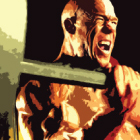 If you ask a scientist whether plants contain natural forms of testosterone, you will likely be told that they do not. That’s based on the fact that all steroids, which includes testosterone, estrogen, cortisol, progesterone and DHEA, among others, are derived from cholesterol, which is the raw material for all steroid hormone synthesis. Plants, however, don’t contain cholesterol, which is present only in animals, including humans. What plants do synthesize are plant sterols.
If you ask a scientist whether plants contain natural forms of testosterone, you will likely be told that they do not. That’s based on the fact that all steroids, which includes testosterone, estrogen, cortisol, progesterone and DHEA, among others, are derived from cholesterol, which is the raw material for all steroid hormone synthesis. Plants, however, don’t contain cholesterol, which is present only in animals, including humans. What plants do synthesize are plant sterols.
Plant sterols are the plant’s equivalent of cholesterol, in that they maintain plant cell membranes, just as cholesterol does in human cells. Because “sterols” sounds like “steroids,” some companies over the years have attempted to market plant sterols as being anabolic.
In a way, plant sterols are anabolic. They were the original source of steroids given to humans back in the 1940s. The first steroid to be produced was cortisone, which was made by applying enzymes to an element found in Dioscorea, or wild yams. The particular element in question was classified as a saponin, which means “soaplike.” This was diosgenin. Scientists discovered that if they applied certain enzymes to diosgenin in the lab, they could produce various steroid hormones, such as cortisone, progesterone, estrogen and testosterone. The hormones found in the original birth control pills were made in that manner.
The problem with marketing plant sterols as being anabolic was that the human body doesn’t contain the enzymes needed to convert plant sterols, such as diosgenin, into active steroid hormones. Early versions of DHEA, an adrenal steroid, that were sold as supplements actually contained either wild yam or diosgenin, but no DHEA. That prompted the Food and Drug Administration to remove DHEA from over-the-counter sales in the late ’80s. Years later, with the passage of the Dietary Supplement Act of 1994, DHEA returned to the market, but this time it was genuine DHEA, rather than wild yam extract.
In actuality, plant sterols may influence testosterone production indirectly. Large amounts inhibit the enzyme, 5-alpha reductase, which converts testosterone into dihydrotestosterone, a.k.a. DHT. That would have the effect of maintaining higher blood testosterone levels, but tests of plant sterol supplements didn’t pan out. In a 2005 study male subjects got 1.6 grams a day of plant sterol supplements for a year but showed no changes in their testosterone levels.
That is not to say that plant sterols have no effect at all. Because of their similarity in structure to cholesterol, plant sterols can compete with cholesterol in food for uptake into the body. As a result, taking plant sterols can lower elevated blood cholesterol to a small extent—which explains the presence of plant sterols in various food products touted to help prevent cardiovascular disease.
The notion that steroid hormones don’t exist in plants actually is incorrect. Natural estrogens were first detected in plants back in 1926, while a 1989 study found androsterone and progesterone in 80 percent of investigated plants. Testosterone was found in 70 percent of the tested plant species, while estrogen occurred in 50 percent. You are probably wondering which plants contained the testosterone so that you can eat them and grow massive muscles. In truth, however, any naturally occurring steroid that is orally ingested would be degraded in the liver, although some possibility exists that estrogen found in milk might be absorbed. In addition, the steroids found in plants were in the seeds, minute amounts that would provide no anabolic effects. But a 1979 study found that pea plants, when given with certain androgens, were able to convert 28 percent of the androgens directly into testosterone.
Black truffle, considered a delicacy, is a fungus related to mushrooms. It contains 5-alpha androstenol, which is a weak androgen. It’s also made in the human body and is excreted in underarm sweat. Some scientists think that this androgen acts as a pheromone, capable of promoting sexual activity. Small wonder that the stuff has been used in perfumes. Whether it attracts humans is open to question, but it does seem to stimulate pigs. So using the perfume may enable you, literally, to bring home the bacon.
Back in the mid-1980s another plant called Smilax officinalis was being touted as a “potent stimulator of testosterone release in the body.” It turned out that Smilax was nothing more than sarsaparilla, and there wasn’t a shred of evidence that it triggered any testosterone release. Yet it was added to various supplements sold at the time. It is good for one thing: It’s the primary flavoring ingredient in root beer.
More recently, Avena sativa has been touted for its ability to boost testosterone. You may be more familiar with its common name: wild oats. The observation that there is something in oats that stimulates libido, or sex drive, was first observed in horses. Horses that ate a lot of oats seemed to be more sexually motivated—one hopes toward other horses.
Unpublished studies with humans confirmed that something in oats did seem to boost libido and sexual performance. The secret ingredient is avenacosides, substances that are said to work by binding to sex-hormone-binding globulin, a protein produced in the liver that binds to and inactivates sex hormones, including testosterone and estrogen. The hormones can only interact with their cell receptors when they are “free,” or unbound. So any substance capable of interfering with sex-hormone-binding globulin would cause greater amounts of active hormone to be produced. It does work for horses, hence the expression,“Sow your wild oats.” For humans, the evidence of any testosterone-boosting effect is less clear. On the other hand, oat syrup was found in the lair of Osama Bin Laden when he was killed in May 2011. Did the terrorist use it for sexual purposes? We will never know or, for that matter, care.
Tribulus terrestris, or “puncture pine,” is a collection of herbs that have the reputation of boosting testosterone. It does seem to work in rams. Early Russian studies suggested that it boosted lagging libidos in men. The active ingredient was another type of saponin that may have converted into DHEA; however, later studies showed that tribulus had an unfortunate tendency to convert more readily into estrogen than testosterone when taken by young men engaged in weight training. Despite that, it’s still sold as a potent “testosterone booster.”
Tongkat ali, also known as Eurycoma longifolia, or “Longjack,” is an herb primarily grown in Malaysia. Several studies have shown that it may boost testosterone. The mechanism once again involves saponins contained in the plant, called quassinoids. They are thought to boost levels of luteinizing hormone, or LH, a pituitary hormone that controls testosterone synthesis in the testes. In one study 14 men engaged in a weight-training program took either a placebo or 100 milligrams a day of a standardized Longjack supplement. The men on Longjack had greater gains in lean mass, strength and upper arm size. Longjack is also promoted as a libido enhancer. More information about Longjack is available in my e-book, Natural Anabolics.
Several other natural herbs are often suggested as a means of boosting men’s testosterone, including Muira Puama, fenugreek and stinging nettle. The latter works by locking on to sex-hormone-binding globulin, thus increasing levels of active testosterone. Various African herbs are also sold as “testosterone boosters,” including Fadogia, Basella alba, Massularia acuminata and others. The problem with these newer herbs is that the only evidence for their effectiveness consists of one or two animal studies and folklore. They may or may not actually work, but it’s still too early to tell. Tales of massive gains in muscle and strength after people have used these herbs that you read about on the Internet are likely more the result of the placebo effect.
All that said, there is a class of plant hormones that may actually work. They’re called brassinosteroids and were initially found in the pollen of rapeseed in 1979. Structurally, they closely resemble animal steroid hormones and insect hormones known as ecdysteroids. They are found naturally in small amounts in pollens, seeds and leaves throughout the plant world. Since their initial discovery more than 50 versions have been identified. They are involved in plant cell division and regulate genes related to plant growth, which is also what animal steroids do in human cells.
In a recent study of isolated rat muscle cells, a specific brassinosteroid called HB stimulated protein synthesis and inhibited protein breakdown1—precisely the way that human steroid hormones such as testosterone work. While testosterone works by interacting with androgen cell receptors, HB seems to work independently of androgen receptors, potently affecting a pathway that controls muscle protein synthesis. It also works better with a higher protein intake. Both oral and injectable versions were equally effective from an anabolic point of view.
HB showed little or no androgenic side effects, meaning that it wouldn’t affect androgen-sensitive tissues, such as the prostate gland, or cause acne. Similarly to what happens with human steroids, HB boosted physical fitness, as evidenced by a 6.7 percent increase in lower-body strength when given to rats. It also increased the number of type 2A and 2B muscle fibers and the cross-sectional area of the fibers. In simple terms, it promoted muscle growth.
As if that wasn’t enough, brassinosteroids also appear to hinder the growth of several types of cancer without adversely affecting normal cells. HB even inhibits the growth of the herpes virus, and it lowers fat mass. Even so, HB does not seem to affect testosterone but rather induces an independent anabolic effect of its own.
Researchers think that brassinosteroids, since they don’t work through the androgen cell receptor, may instead interact with an as yet unidentified steroid hormone receptor. Although the effects of brassinosteroids appear very promising, don’t expect to see them in any supplement soon. They are very expensive to extract from natural sources, as they exist in small quantities. That doesn’t rule out the possibility of synthetic versions being produced, and when that happens, you can bet that the drug companies will be the first in line, as they can get patents on synthetic versions and market them as testosterone-replacement treatments. Since the brassinosteroids have no apparent side effects, they would be attractive to profit-minded drug companies. What the future holds for this relatively new anabolic substance is hard to say, but it will be interesting to follow.
Editor’s note: Jerry Brainum has been an exercise and nutrition researcher and journalist for more than 25 years. He’s worked with pro bodybuilders as well as many Olympic and professional athletes. To get his new e-book, Natural Anabolics—Nutrients, Compounds and Supplements That Can Accelerate Muscle Growth Without Drugs, visit www.JerryBrainum.com. IM
1 Esposito, D., et al. (2011). Anabolic effect of plant brassinosteroid.FASEB J. 25:3708-3719.












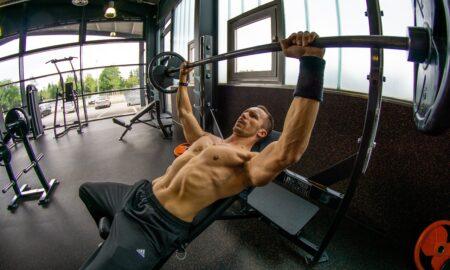
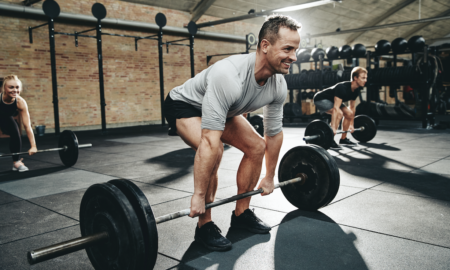
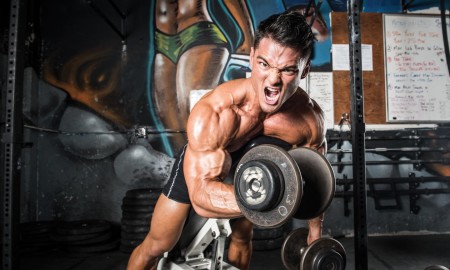

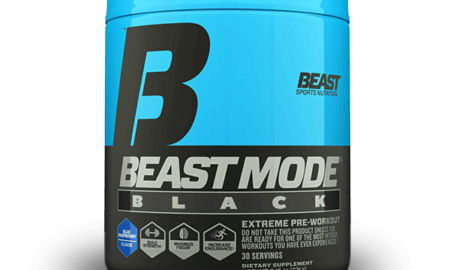
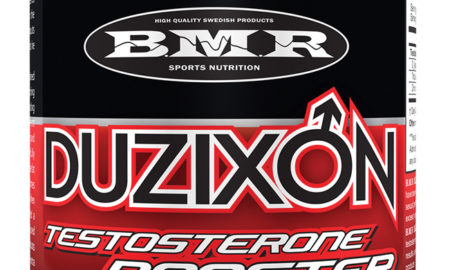
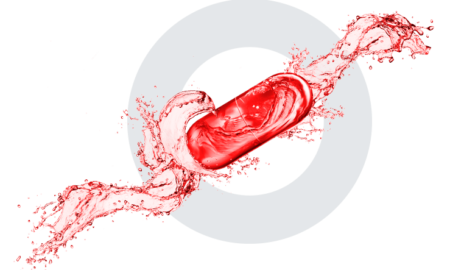
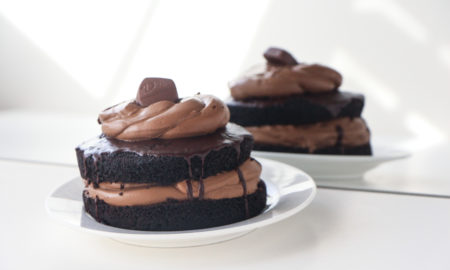
You must be logged in to post a comment Login